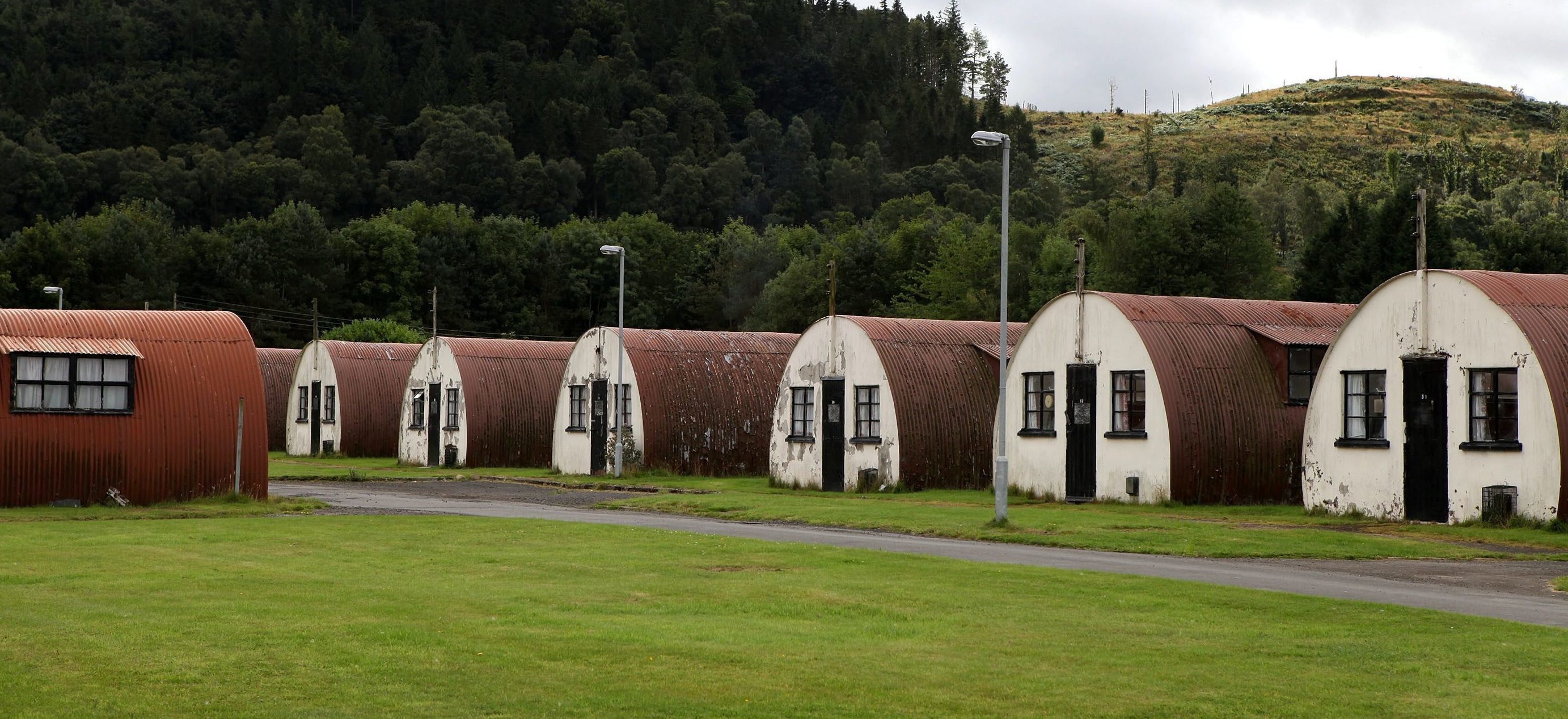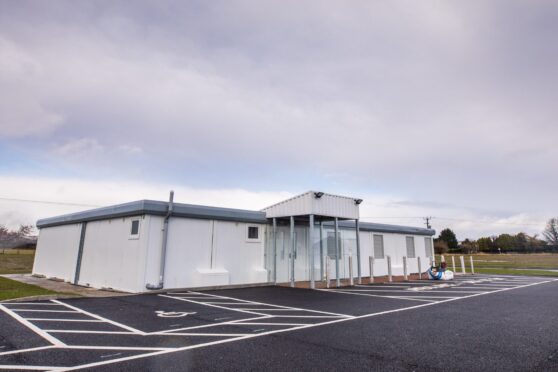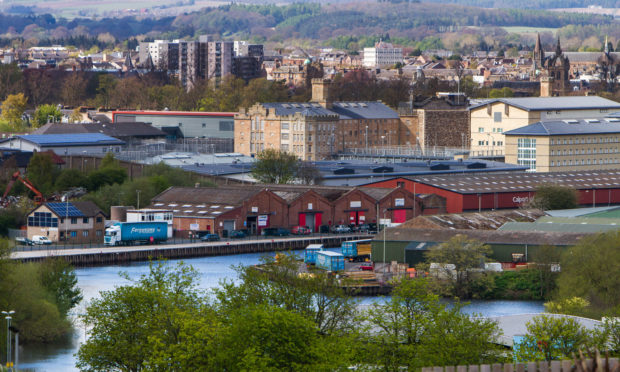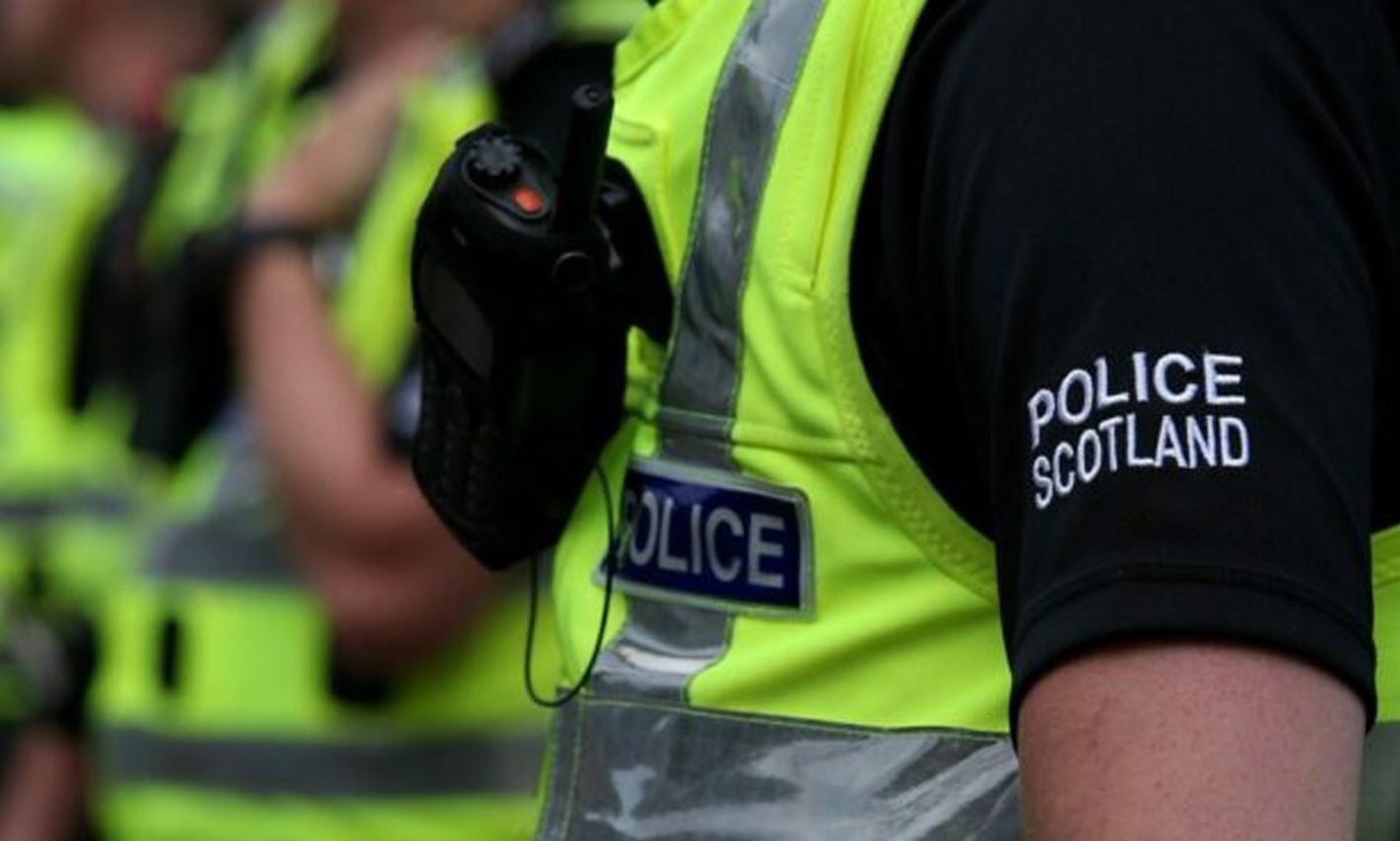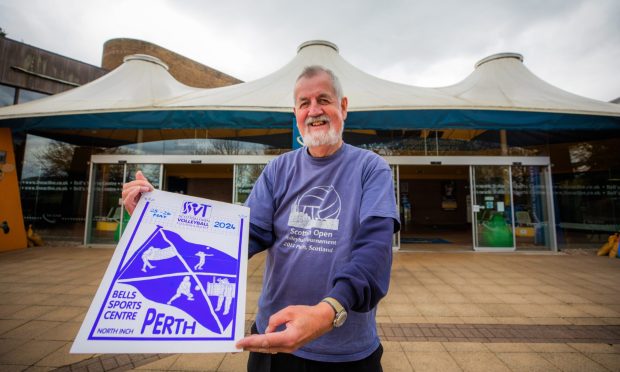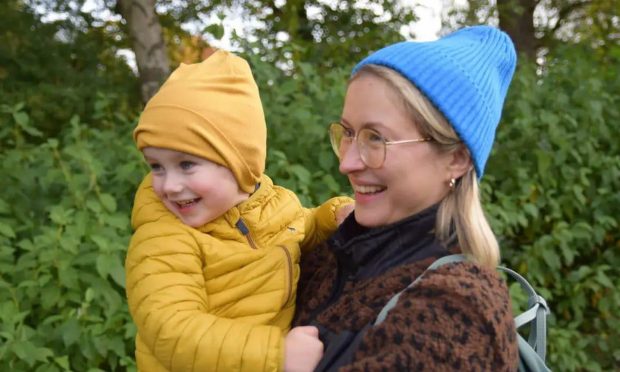Above the ground all may have appeared calm at Cultybraggan, but beneath the unquiet earth some of the most ardent Nazis in captivity plotted a break for freedom.
The prisoner of war camp was home to a number of fanatical captives, including SS officers, who made it their mission to return to the theatre of war.
Over many months they painstakingly dug three escape tunnels beneath the Nissen huts that make up the listed heritage site.
Dubbed “Scotland’s Great Escape”, the break for freedom enjoyed only limited success and the tunnels themselves were largely lost to memory after World War Two.
Details of the “unwilling guests” and their efforts to leave will, however, be brought back to the surface next week as the subject of a series of events at the camp.
First Dr Iain Banks, senior lecturer in History and Battlefield Archaeology at Glasgow University will give a talk on PoWs at Cultybraggan at the White Church in Comrie on Monday, from 7pm.
It will be followed by four days of excavations in compound B, where Dr Banks and his team will look for signs of the three tunnels.
Members of the public are invited to come along between Tuesday June 20 and Saturday 24, between 11am and 4pm each day, to see what’s going and even take part.
Finally, Saturday will see members of the Comrie Development Trust host an open day when the team will explain what they’ve found and guided heritage tours will be running.
Once known as Camp 21, Cultybraggan was built in 1941 to house as many as 4,500 German prisoners of war.
Its inmates numbered members of the SS, together with high profile Nazis and may even have briefly included Hitler’s deputy Rudolf Hess after he parachuted into Scotland.
The camp’s history included escape attempts and the murder of one officer by his fellow Nazis on the grounds that he was not fanatical enough about the cause.
It was also home to a de-nazification scheme led by Herbert Sulzbach, whose message was of peace, reconciliation and the need to become “good Europeans”.
The Comrie Development Trust is currently working the transform part of the camp into self-catering accommodation.
The £800,000 project would see 11 of the B-listed Nissen huts repaired and renovated.
Efforts are also underway to improve the camp as a heritage site and attract more visitors to the site and surrounding area.
For more information on all the events, visit the Cultybraggan Facebook page.
